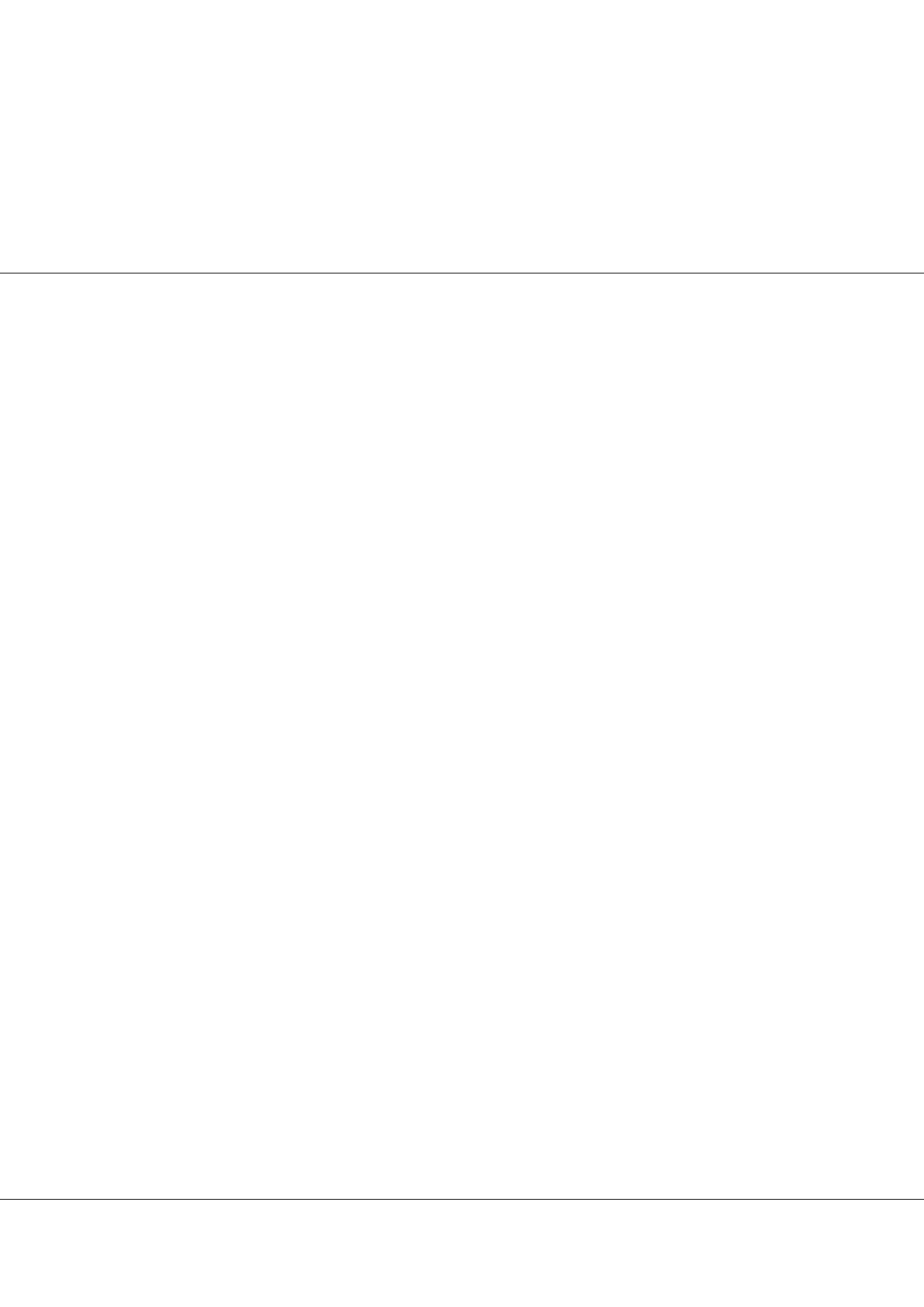

Volume 5, Issue 8(Suppl)
J Nurs Care 2016
ISSN: 2167-1168 JNC, an open access journal
Page 118
Notes:
Euro Nursing 2016
October 17-19, 2016
conferenceseries
.com
15
th
Euro Nursing & Medicare Summit
October 17-19, 2016 Rome, Italy
Determination of the complementary treatment methods used by copd and asthma patients and
their hopelessness levels
ÇEV
İ
K,Hatice POLAT, Kıvan, Mehtap TAN, Zumrut Akgun SAHIN, Filiz YILMAZ
Celal Bayar University, Turkey
Aim
: This study was implemented in order to determine the state of COPD and asthma patients to use complementary
treatment and their hopelessness levels.
Method
: The population of this descriptive study consisted of COPD and Asthma patients who applied to the clinics of
Erzurum Chest Hospital Outpatient Clinics and Kars State Hospital outpatient clinics between May and August 2013; whereas,
sample of the study consisted of 163 patients, who agreed to participate in the study, among these patients. A questionnaire
having questions related to descriptive characteristics of the patients and their state to use complementary treatment as well
as Beck Hopelessness Scale were used to collect the data. The data were assessed by using mean, percentage, and t test on the
computer environment.
Results
: The socio-demographic data of COPD and Asthma patients, who participated in the study, were analyzed. The average
age of the patients were found to be 58.6±10.46. 57% of the patients were male, 44.3% were illiterate, 62. %2 were married, and
45.3% had an income less than their expenses. When examining the methods used by the patients using CAM treatment, it
was found that 67.4% used methods such as “herbal tea”, 29% “massage”, 60.4% “Breathing Exercises”, 66.2% “Exercises”, 37.2 %
“vitamin and mineral support”, 25.5% “herbal pills”, 87.2% “worship/praying”, 37.2% “listening to music”, and 34.8% “caves /hot
springs/Turkish bath”. Most of the patients stated that the medication treatment was insufficient, most of them used their drugs
irregularly, they used the complementary method to remove the problems of “coughing, phlegm, shortness of breath, fatigue
and insomnia” and they reported the methods they used to the healthcare personnel. The patients reported that they benefited
from the method they used and they continued to use their drugs. When examining the hopelessness levels based on state to
use CAMmethod, it was determined that the mean score was 14.63 in patients using CAMmethod and 9.36 in those not using
the CAM method. It was found that the difference between groups was statistically significant (p<0.001).
Conclusion
: In addition to the treatment, the patients use the complementary treatments in order to decrease various
symptoms. It is recommended that the nurses and physicians inquire the patients in terms of using these methods and they
should inform them about how to use these methods.
Biography:
Hatice POLAT finished PhD in Nursing from Ataturk University in the field of Internal Medicine in 2013. She received the title of Assistant Professor in the same
year. She has conducted research on subject such as reflexology, COPD, cancer, nursing, complementary treatment. Currently, Ataturk University, Faculty of Health
Science is Assistant Professor.
haticeduyar@mynet.comHatice POLAT, J Nurs Care 2016, 5:8(Suppl)
http://dx.doi.org/10.4172/2167-1168.C1.031

















